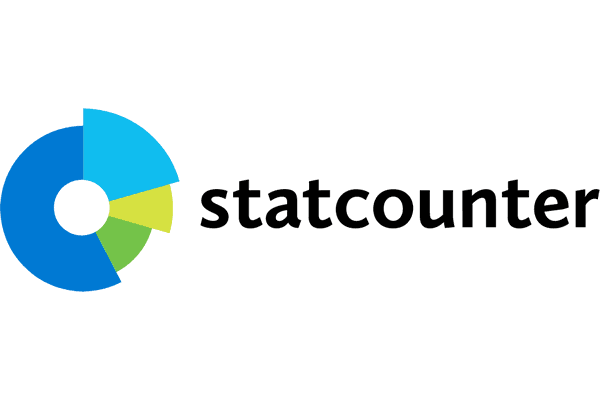UTILIZING WHATSAPP GROUP AS A COMMUNICATION FOR TEACHERS AND PARENTS DURING THE PANDEMIC COVID 19
DOI:
 https://doi.org/10.37859/eduteach.v2i1.2324
https://doi.org/10.37859/eduteach.v2i1.2324
Abstract
The development of increasingly sophisticated technology has a positive impact on life, including in communication activities. The Whatsapp application is one of the most used applications today. All ages and professions are familiar with the use of Whatsapp. This study aims to determine the characteristics of the use of WhatsApp and to determine the use of WhatsApp Group social media in PAUD parents and teachers as a medium of communication. The method used in this research is descriptive qualitative by describing, recording, analyzing and interpreting the conditions that are happening. The results showed that the use of the WhatApp Group social media in PAUD was very large. Apart from serving as a function of conveying information, WhatsApp Group also functions as a medium for discussion and a medium for sharing, as a medium of entertainment and as a medium that parents can use to monitor their children while at school.
Downloads
References
2. Permendikbud 137-2014 Standar Nasional PAUD
3. Undang Undang Republik Indonesia No. 20 Tahun 2003
4. Peter. J .Mc, Liran. B, Karen, Vecchiarello. Parent –School Communication in the Inclusive Classroom: A Comprehensive Model of Collaboration in Education. 2011. International Journal of Humanities and Social Science, Vol. 1 No. 15, 55.
5. Kochhar. B. Parents as Partners: What is the Role of Families in School Collaboration and System Coordination? In Collaboration and System Coordination for Students with Special Needs. 2008. (pp.204- 220). New Jersey: Prentice Hall.
6. Undang Undang No. 14 Tahun 2005
7. Symeou. L, Roussounidou. E, and Michaelides. M. I Feel Much More Confident Now to Talk With Parents”: An Evaluation of In-Service Training on Teacher–Parent Communication. School Community Journal, Vol. 22, No. 1 (2012), 65
8. Warsita. B, Teknologi Pembelajaran landasan dan aplikasinya. Jakarata :Rineke Cipta, 2008. hlm. 62.
9. Hartanto, AAT. Panduan Aplikasi Smartphone, Jakarta .Gramedia Pustaka Utama, 2010. hlm. 100.
10. Sugiyono. Metode Penelitian Kuantitatif Kualitatif dan R&D. Bandung : ALFABETA. 2008
11. Denzin, Norman K. dan Yvonna S. Lincoln. Handbook of Qualitative Research. Terj. Dariyatno dkk. Jogjakarta: Pustaka Pelajar. 2009.
12. Moleong, Lexy. Metode Penelitian Kualitatif. Bandung. PT. Remaja Rosda Karya. 2007.
13. Moleong, Lexy. Metode Penelitian Kualitatif. Bandung. PT. Remaja Rosda Karya. 2007.
14. Miles, B. Mathew dan Michael Huberman. Analisis Data Kualitatif Buku Sumber Tentang Metode-metode Baru. Jakarta: UIP. 1992
15. pauddikmassumut.kemdikbud.go.id











